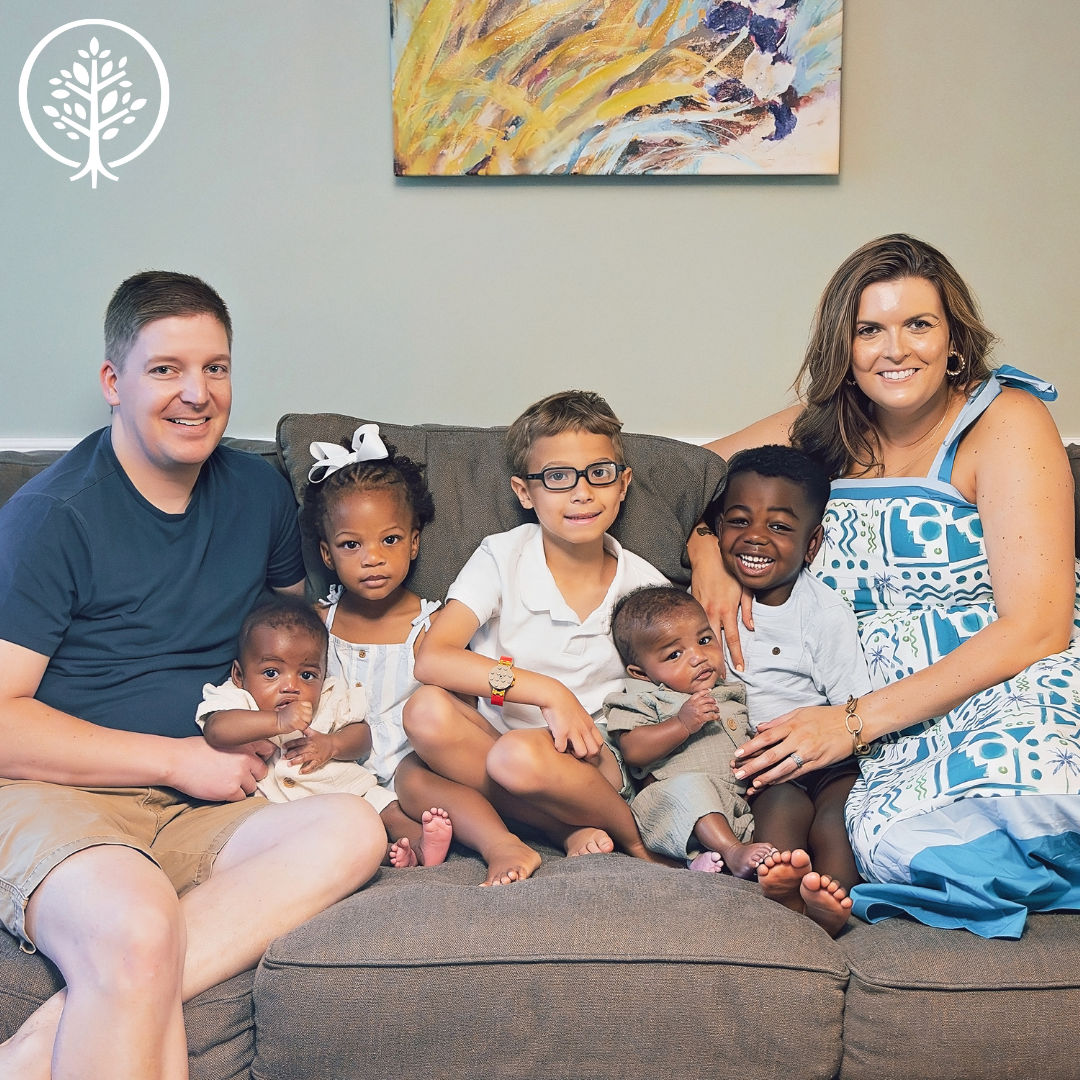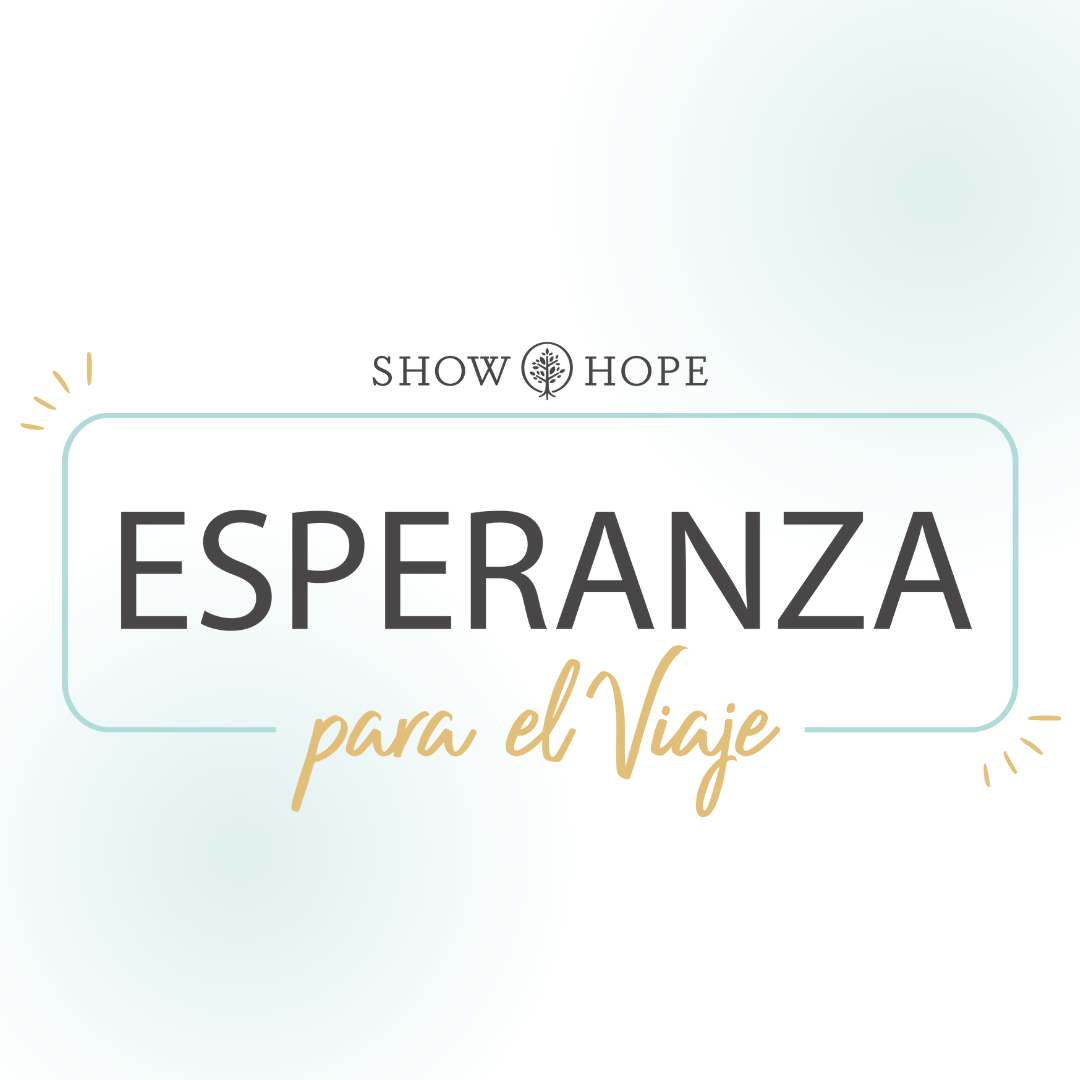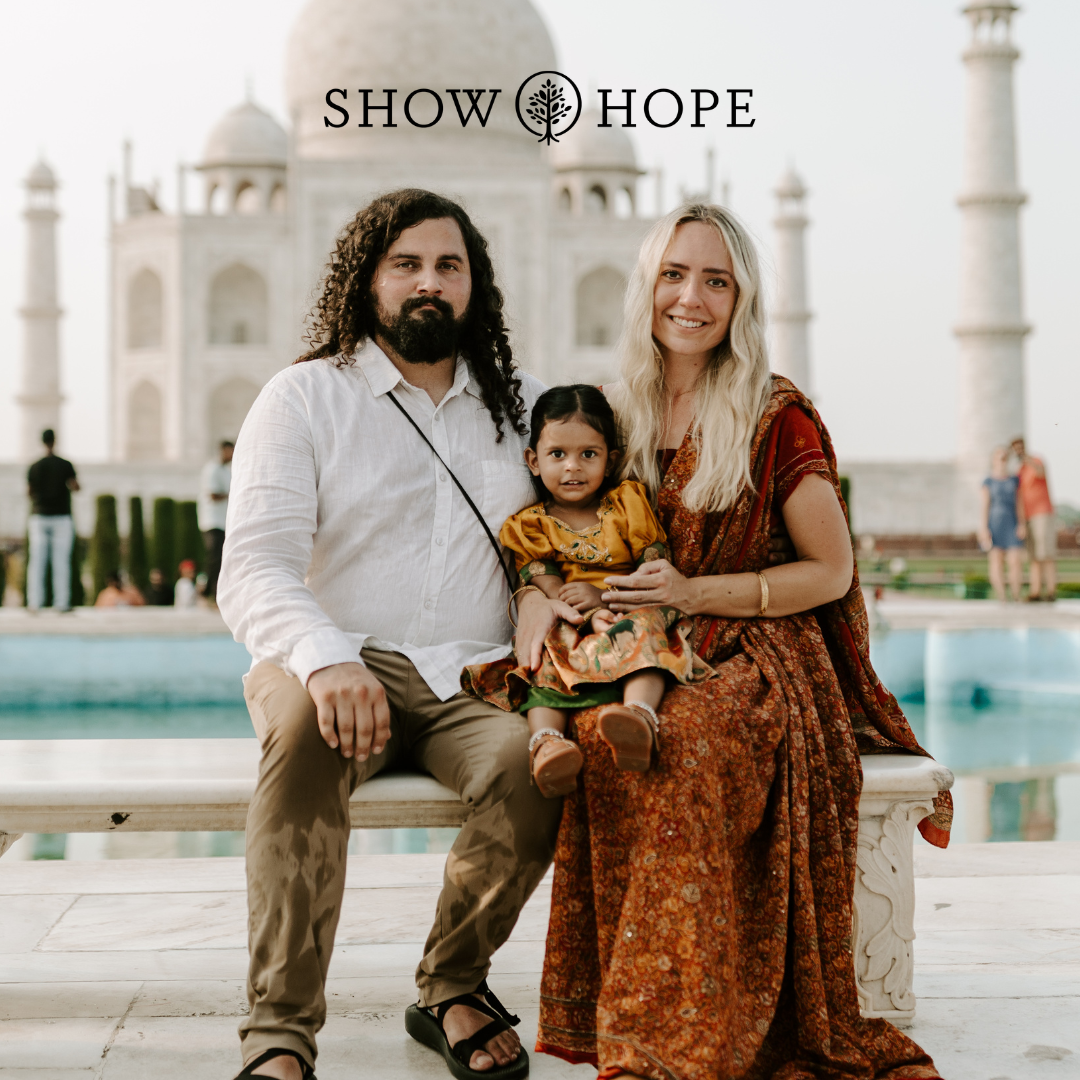What is TBRI?

The world of adoption can be complex and confusing. There’s a lot of new terminology—words and acronyms—for all of the different aspects of this life. Even for those of us who live in it, it can be hard to grasp. For those unfamiliar with this world, it can seem to make no sense at all. So, what is TBRIⓇ?
TBRIⓇ is an acronym that is used often by adoptive and foster parents and the professionals that serve them, and we believe it is worth understanding.
The creators of Trust-Based Relational InterventionⓇ (TBRI) at the Karyn Purvis Institute of Child Development define it as, “an attachment-based, trauma-informed intervention that is designed to meet the complex needs of vulnerable children.”
Because of children’s histories, it is often difficult for children who have experienced abuse, neglect, or trauma to trust the loving adults in their lives. TBRI offers practical tools for parents and others who work with children to see past perplexing behaviors and meet the needs of the child.
For many, including my wife and I, TBRI is more than an acronym. It has become a new way of life.
At a recent spring cookout, I was walking around the side of the house when I heard the panicked cries of a young child. We rushed around the corner to find my 3-year-old granddaughter screaming, crying, and unsuccessfully reaching to open the side door. It quickly occurred to me that she must have been left alone moments earlier and was in a state of fear being unable to access the safety of her family.
I’ve studied TBRI for several years and even attended a weeklong training for professionals. I’ve heard Dr. Purvis talk about attunement, insightfulness, and the emotional presence of a caregiver, but in this moment I was only aware of what my granddaughter was feeling. I knew she was “okay.” I saw no blood or sign of harm, yet I saw beyond the behavior to the fear that I sensed was flooding her brain. Before I learned about the physical and psychological impacts of fear, I would have swept her into my arms, squeezed her tight, and repeated to her, “It’s ok. Shhh…stop crying…everything is ok.” Though I may have known those words to be true, they would have dismissed all she was feeling. I would have encouraged her to deny the full truth of that moment.
TBRI instead flowed naturally as I approached her. I stopped an arm’s length from my granddaughter. I asked softly, “What happened, sweetheart?”
She turned. I extended my open hands and repeated, “What happened?”
She began to calm herself enough to speak and step towards me. Though I wanted to grab and squeeze that precious little girl, I waited as she struggled to say, “I was alone…I was afraid.”
I told her that I would have been afraid also. I repeated that being alone is scary, then she fell into my hands and reached for my neck. She buried her face into my shoulder, hugged a fully present grandfather and whispered, “I love you, Goggy.”
That’s TBRI.
This post was written by Dan Coley, Show Hope’s former Senior Director of Programs.
If you would like more information on TBRI, please visit the Karyn Purvis Institute of Child Development website. We recommend reading The Connected Child: Bring Hope and Healing to Your Adoptive Family or watching DVDs produced by the Purvis Institute. We also encourage you to visit the Empowered to Connect website or to attend a Hope for the Journey Conference and Simulcast (previously the Empowered to Connect Conference) in your area.




